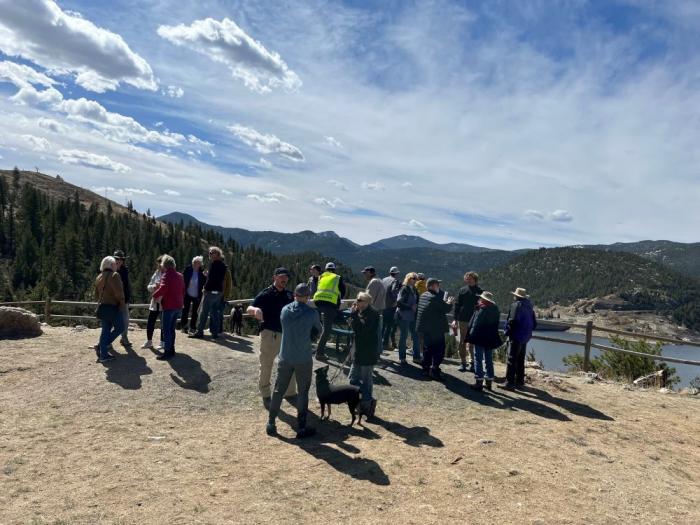Bottom line: you can spend all the time and energy you want talking about 3588', but it ain't gonna happen unless the rain gods change their ways. Or the Upper Basin states stop using water. And I haven't read anything yet in this thread about how to accomplish either of those two things.
It is true that the only ways to raise the lake level to 3588 (or any level above what it is now) is more precipitation upstream, or less use of the water that's there. Or a combination. That's it. If the goal is a sustainable and viable Lake Powell, I think you start with a target elevation, then figure out a path to get you there. Precipitation is largely out of anyone's control. It will happen when it happens. But water use is a controllable variable. And in simple terms, that means either increasing supplies from other sources, or reducing demand. Or both. Is that possible? Sure. Does that require intestinal fortitude and hard decisions on the part of everyone involved in the watershed? Of course. But if there's a path that seems fair (or equally unfair) to all parties, that's the way to go.
Now it's important to realize that making the lake rise is something like paying back a loan. You can't pay it off in one year, and there will be setbacks along the way. But you can start by figuring out what it takes to--on average--create a net surplus in the system each year, and work within those boundaries. The current allocation system doesn't do that. It never did. When the collective water use in the entire Colorado River watershed among the seven states has NEVER been more than 12.59 maf in any given year (and that was in 2001), and water storage trends downward over time, then you know a Compact predicated on at least 15 maf being available to those states is not realistic and never was. And of course, Mexico gets a share too on top of that.
It is instructive to know that in the years that Lake Powell was originally filling, collective water use was relatively low. Until 1986, collective water use among the states was never more than 10 maf, and sometimes less than 9 maf (with one exception: 1974 at 10.04 maf). And that seemed to be a formula to help the lake rise in those years.
It is important to think in the collective interest of the states, not their individual interests, if this is ever going to get sorted out. Otherwise, the bickering and sniping among the states, assigning blame, focusing on the past, will scuttle the entire process. But the good news is that in general, collective water use has generally declined in the past 20 years. Slightly. From that peak of 12.59 maf in 2001, it's settled into a fairly stable 11 maf +/-. And yet that still seems like too much in the long run when balanced against the likely input in the future. Is it possible to get back to the water use of the 1970s and early 1980s from this source? Given that we now know other ways to create water supply options that we did not know then, perhaps it can be done.
So you figure out a flexible system where all equitably share the pain in bad years, or reap the benefits in a good year, while leaving enough behind to let the waters slowly rise... which will take time...
That's the concept. In another thread, I suggested one way to get there. I'm sure there are others. Let's figure this out...
This will be a long post, and will probably give you a headache. But if you’ve got your reading glasses, a cup of coffee, and your full-geek hat on, continue reading… As the states (and other parties at the table) get together to re-imagine how all the water in the basin is allocated and used...

wayneswords.net


